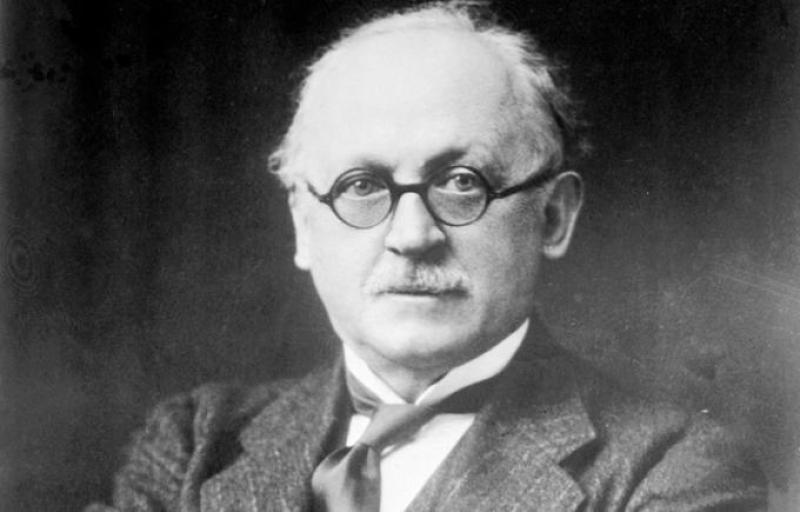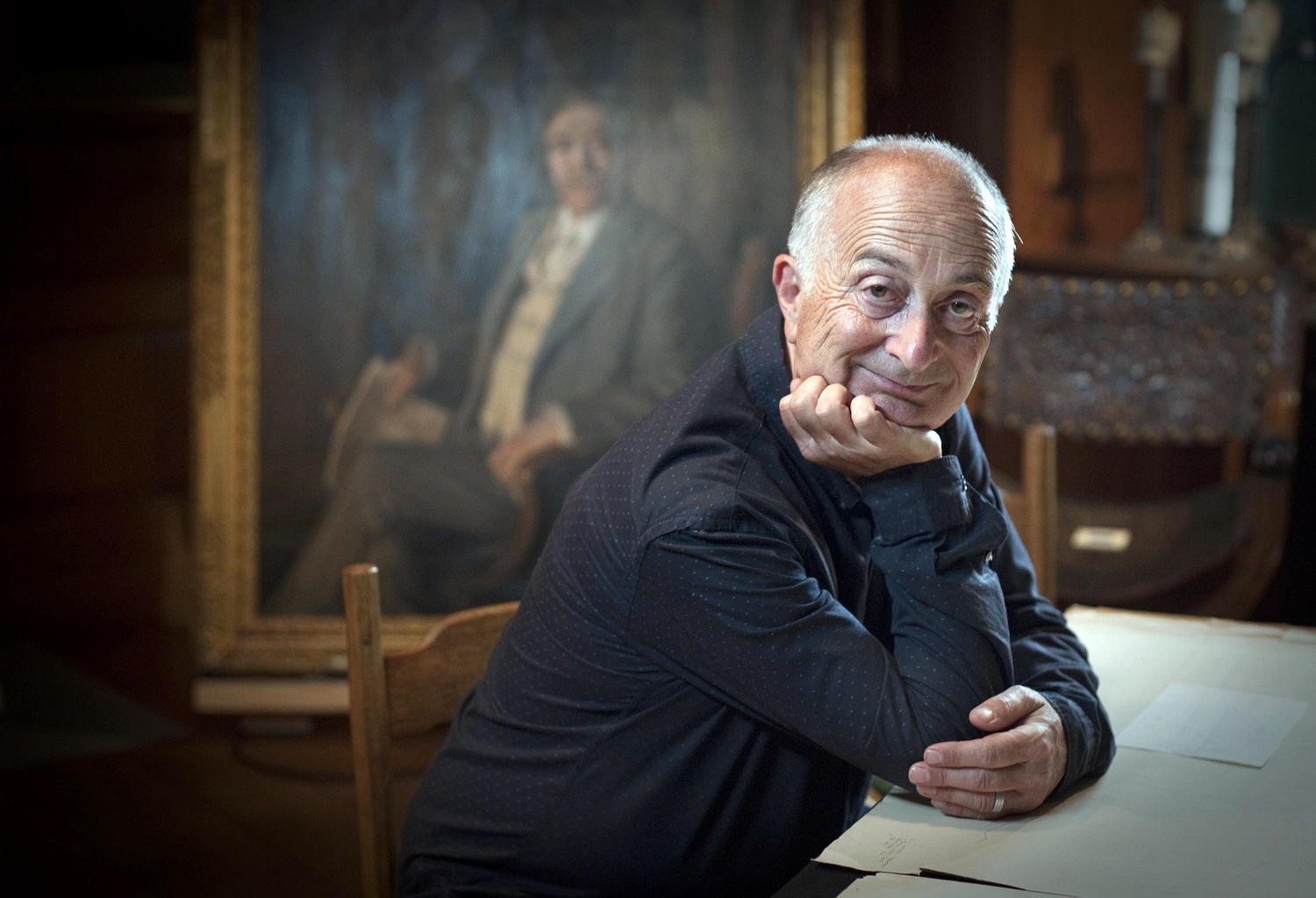The Edwardian Grand Designer, Channel 4 | reviews, news & interviews
The Edwardian Grand Designer, Channel 4
The Edwardian Grand Designer, Channel 4
Time Team expands its horizons in tribute to architect Sir Edwin Lutyens

Britain’s last castle, Drogo, may be only just over a century old, but repair work is going on in a big way – it’s currently the National Trust’s largest-scale restoration project.
That got presenter Tony Robinson moving rather further than Time Team’s usual territory, and made for a rather fascinating portrait of a man referred to here as the greatest British architect since Sir Christopher Wren. Many might challenge that accolade, but Lutyens was certainly an eminent figure of his time, a quintessential Edwardian whose life and works seem to come now with an inescapable whiff of period television drama.
 His designs for country houses were usually on a far more intimate scale than the huge Drogo (where restoration will continue for the next three years). And the granite castle was originally planned to be even larger: built for Julius Drewe (of Home and Colonial Stores fame and fortune) it was scaled back considerably, not least because most of its builders ended up at the wartime front, some never to return. Begun in 1911, it was finished in 1930, only a year before its owner's demise. It was already a home tinged with sadness: the shadow of the death of his eldest son at Ypres affected the final decades of Drewe’s life. (Tony Robinson at Drogo Castle, with portrait of Julius Drewe, pictured, below left).
His designs for country houses were usually on a far more intimate scale than the huge Drogo (where restoration will continue for the next three years). And the granite castle was originally planned to be even larger: built for Julius Drewe (of Home and Colonial Stores fame and fortune) it was scaled back considerably, not least because most of its builders ended up at the wartime front, some never to return. Begun in 1911, it was finished in 1930, only a year before its owner's demise. It was already a home tinged with sadness: the shadow of the death of his eldest son at Ypres affected the final decades of Drewe’s life. (Tony Robinson at Drogo Castle, with portrait of Julius Drewe, pictured, below left).
"What humanity can endure and suffer is beyond belief," Lutyens would himself write of life at the front, when he was sent there in 1917 as a member of the War Graves Commission. The form of the execution of these "silent cities", as Rudyard Kipling so movingly termed the ranks of tombstones, proved oddly controversial in its time: the religion of those interred was not stressed, and equal treatment accorded to all ranks .
 In contrast, Lutyens’ work in India was an ebullient last-gasp "stamp of empire", though he was initially far from sympathetic to local architectural styles and traditions. In fact, as William Dalrymple pointed out, he didn’t like India at all, writing of it in letters home in a style "somewhere between patronising and outright racist". But the commissions were considerable, and thus financially attractive, though the Indian experience probably caused strife in the Lutyens marriage: his aristo wife Emily became engaged with Indian issues, theosophy and Eastern religions, as well as personally with the thinker Khrishnamurti. Such beliefs led her to declare her celibacy, but the connection with the latter was clearly a deep and emotional one, and more meaningful than that with her husband. (I don't think that qualifies Lutyens as a "conflicted Edwardian", however, not that this film was asserting any such stance.)
In contrast, Lutyens’ work in India was an ebullient last-gasp "stamp of empire", though he was initially far from sympathetic to local architectural styles and traditions. In fact, as William Dalrymple pointed out, he didn’t like India at all, writing of it in letters home in a style "somewhere between patronising and outright racist". But the commissions were considerable, and thus financially attractive, though the Indian experience probably caused strife in the Lutyens marriage: his aristo wife Emily became engaged with Indian issues, theosophy and Eastern religions, as well as personally with the thinker Khrishnamurti. Such beliefs led her to declare her celibacy, but the connection with the latter was clearly a deep and emotional one, and more meaningful than that with her husband. (I don't think that qualifies Lutyens as a "conflicted Edwardian", however, not that this film was asserting any such stance.)
For all the monumentality of New Delhi and the war cemetries, Lutyens seems to be have been happier on a smaller scale, with the more cozy, drawn not least from his origins in the Arts and Crafts movement. In that respect, The Edwardian Grand Designer may not have quite lived up to its title, but proved no less satisfying for that. It was the small details – about Lutyens' symbiotic relationship with Country Life, for instance, the aspirational design magazine of its day – that spoke most richly.
rating
Share this article
The future of Arts Journalism
You can stop theartsdesk.com closing!
We urgently need financing to survive. Our fundraising drive has thus far raised £49,000 but we need to reach £100,000 or we will be forced to close. Please contribute here: https://gofund.me/c3f6033d
And if you can forward this information to anyone who might assist, we’d be grateful.

Subscribe to theartsdesk.com
Thank you for continuing to read our work on theartsdesk.com. For unlimited access to every article in its entirety, including our archive of more than 15,000 pieces, we're asking for £5 per month or £40 per year. We feel it's a very good deal, and hope you do too.
To take a subscription now simply click here.
And if you're looking for that extra gift for a friend or family member, why not treat them to a theartsdesk.com gift subscription?

Add comment